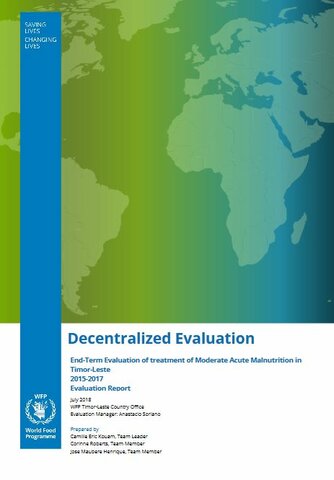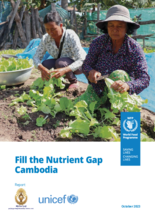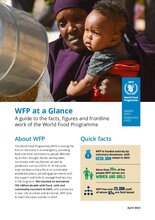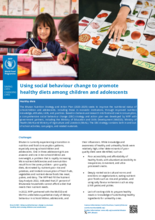
From January 2015 to December 2017, World Food Programme (WFP) developed and implemented the Targeted Supplementary Feeding Programme (TSFP) aiming to improve the nutritional status of children under-five years of age and Pregnant and lactating (PLW). The project had two main components: the first, capacity development, in which WFP provides technical assistance to enhance the capacity of national counter-parts to implement nutrition programmes independently; secondly, a food-based component, characterized by the provision of specialized nutritious food products for treatment of moderate acute malnutrition (MAM) in children 6-59 months and acute malnutrition in pregnant and lactating women (PLW). The intervention was implemented in six out of the thirteen municipalities of the country.
The purpose of the evaluation was to provide the MoH, donors and other stakeholders with an independent assessment of the performance and lessons from the implementation of the programme, in order to take informed decision on adaptation or scaling up in 2018. The objectives of the evaluation were to determine to what extent and how the programme has achieved its goal, to contribute to WFP’s organisational learning and accountability for results, and to advocate for allocation of resources to the implementation of the recommended actions.
The evaluation was designed to assess the programme against the evaluation criteria of relevance, effectiveness, efficiency, impact and sustainability. Data collection methodologies included (a) review of documents and secondary quantitative data, (b) individual interview of 43 people selected purposively, (c) focus group discussion (28 sessions with 278 participants organised in three categories) and (d) direct observation.



